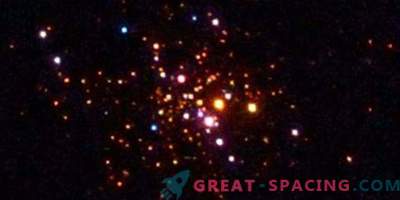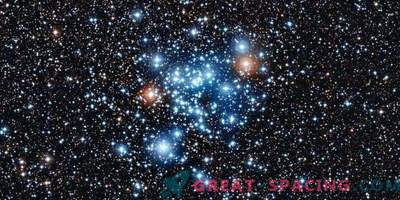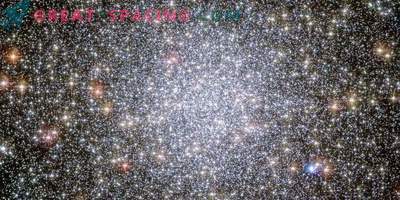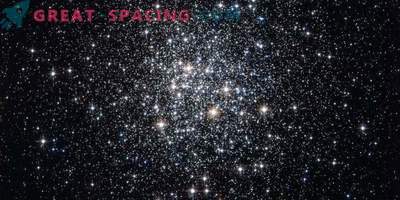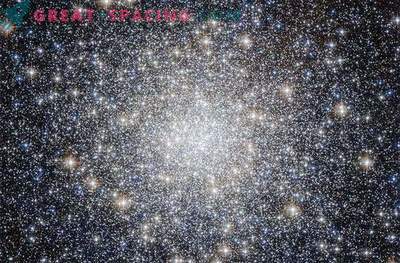
NASA Hubble Space Telescope Image Shows Tukan Globular Cluster 47
A team of astronomers led by Lilian Rivert from the University of Amsterdam found 22 new cataclysmic variables in a globular cluster 47 Tukana. From this point on, it becomes the leader in the number of variables of this type.
Cataclysmic variables (CV) are binary star systems represented by a white dwarf and a regular satellite. They increase the brightness of the "jumps" and do not adhere to a specific frequency. They were found in various places: the center of our galaxy, in the solar region, as well as in open and globular clusters. Their radiation is very important for understanding the evolution of such stellar groups.
47 Tukana is distant for 15300 light years. It has many X-ray sources, as well as a high speed of interaction. Because of this, the cluster has become an interesting goal for the study of close binary systems. The team decided to carefully examine the archived ultraviolet and optical observations of the Hubble Space Telescope and found new CVs. If earlier there were 21 of them, now there are 43.
Scientists say the variables are concentrated towards the center of the cluster. All of them are displayed in blue. 18 show alpha-hydrogen radiation emanating from an accretion disk or a stream of a nearby star. Four have noticeable amplitude oscillations (up to 3 values). But the reason has not yet been clarified.
47 Tukan has no nucleus, so the researchers compared with the nuclear representatives of NGC 6397 and NGC 6752. It turned out that 47 Tukan CV is much weaker. This suggests that variables are a combination of initial and dynamic CVs created long ago. If we scale the galaxies given for analysis, their number of bright CVs should be much larger.
